Overview of the Italian Ferrous Scrap Market in March
In March, Italy’s ferrous scrap market saw a noticeable price increase, primarily driven by a general shortage of available scrap. The limited supply pushed prices upward as mills and foundries competed for materials to meet production needs. However, as April began, prices stabilized at the elevated levels seen in late March, with demand softening as buyers adjusted to the higher costs.
The stabilization suggests that while supply constraints remain a concern, producers have moderated their purchasing activity, leading to a more balanced market. Traders anticipate that this trend will continue through the Easter holidays, though uncertainties linger regarding future price movements.
Factors Influencing Market Stability
- Scrap Supply Shortages
One of the key drivers of the March price surge was the limited availability of scrap. Several factors contributed to this shortage:
- Seasonal Collection Challenges: Winter months typically see reduced scrap collection due to unfavorable weather conditions and tightening supply.
- Export Competition: Italian scrap faced competition from international buyers, particularly in Turkey and other European markets, where demand remained steady.
- Logistical Constraints: Transportation delays and higher freight costs further restricted the flow of scrap material within Italy.
- Reduced Demand from Steel Producers
While scrap prices rose in March, steelmakers began to curb purchasing as margins tightened. Many mills opted to slow production rather than pay inflated scrap prices, leading to a more balanced market in early April. Additionally, weaker order volumes from downstream industries, such as automotive and construction, contributed to the decline in demand.
- Stainless Steel Scrap Market Trends
Unlike the broader ferrous scrap market, stainless steel scrap prices remained stable despite the supply shortage. This stability can be attributed to:
- Lower Production Rates: Stainless steel mills reduced output due to shrinking profit margins and weaker order books.
- Subdued Demand: The stainless steel sector faced slower demand from key industries, reducing the urgency for scrap procurement.
Market Outlook and Potential Risks
Short-Term Stability Expected
Traders predict that the Italian scrap market will remain stable soon, especially during the Easter holiday when industrial activity typically slows. However, this stability is fragile, and several factors could disrupt the balance:
Key Risks to Watch:
- International Scrap Demand: If Turkish or other European buyers increase their purchases, Italian scrap prices could rise again due to heightened competition.
- Energy and Raw Material Costs: Fluctuations in energy prices and other raw material costs (such as iron ore and coking coal) could impact steel production economics, indirectly affecting scrap demand.
- Economic Slowdown in Europe: A broader economic downturn could further reduce steel demand, leading to lower scrap consumption and potential price corrections.
Long-Term Volatility Likely
While the market appears stable in the short term, underlying supply constraints and uncertain demand trends suggest that volatility may return. Supply pressures could ease if scrap collection improves in the spring and summer months. Conversely, if steel demand rebounds unexpectedly, prices may rise again.
Conclusion
The Italian ferrous scrap market has transitioned from rising prices in March to a more stable phase in early April. While scrap shortages persist, reduced demand from steel producers has helped balance the market. The stainless steel scrap segment has remained steady due to slower production activity.
Traders expect stability to continue through the Easter holidays, but uncertainties surrounding international demand, energy costs, and economic conditions could reintroduce volatility. Market participants should remain cautious, monitoring domestic and global trends influencing scrap prices in the coming months.

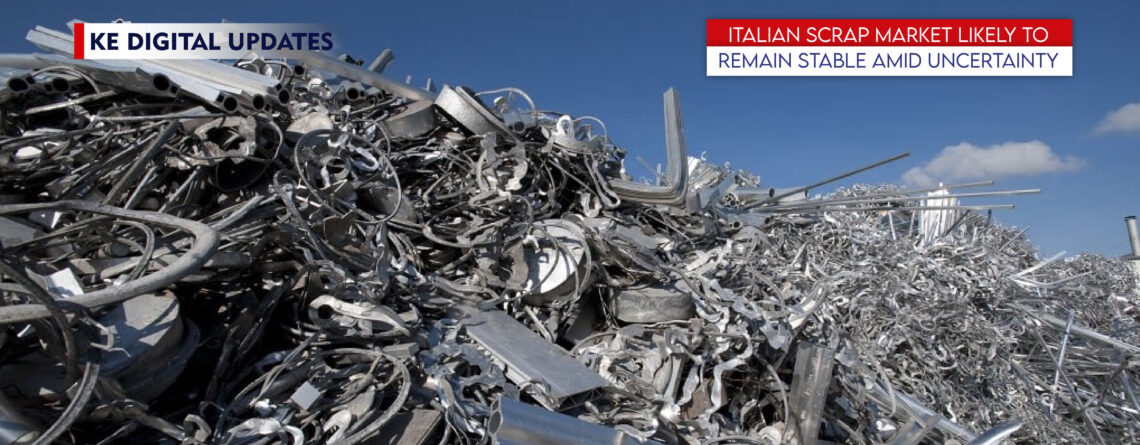

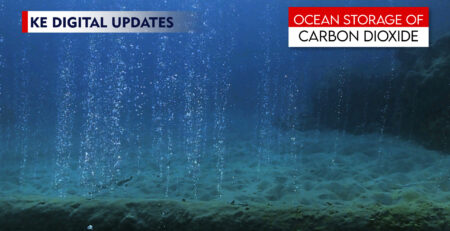
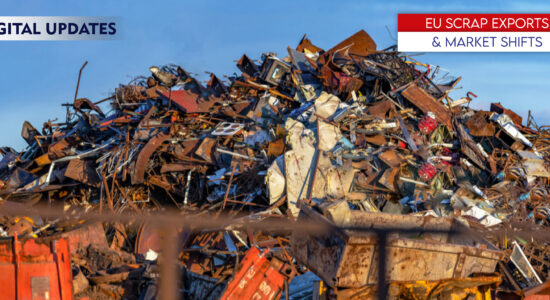
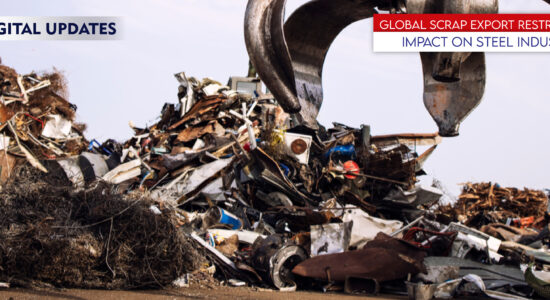
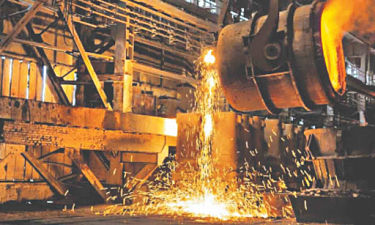
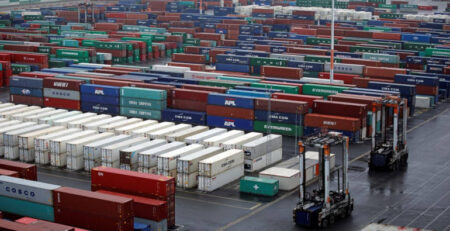
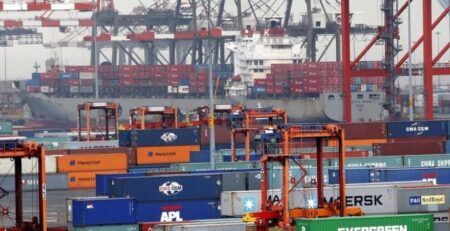
Leave a Reply